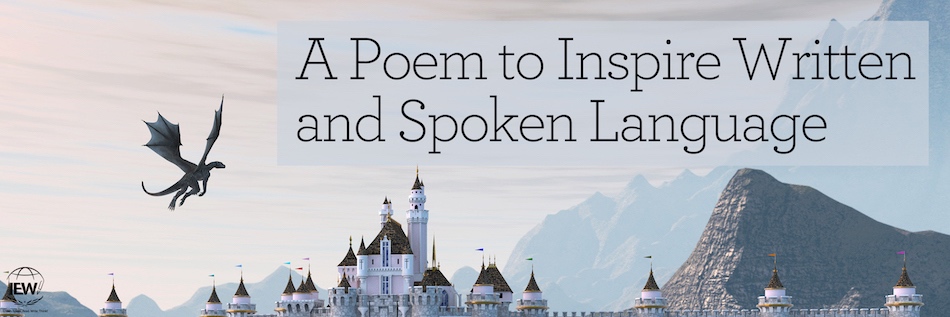
Language has always fascinated me. When I speak and write, I am always trying to find ways to paint a vivid picture of my thoughts and ideas to the listener or reader through the use of metaphors and similes. One of the absolutely most iconic and gripping examples of this concept of “painting a picture” is G.K. Chesterton’s poem “The Hunting of the Dragon,” which follows below:
The Hunting of the Dragon
By G.K. Chesterton
When we went hunting the Dragon
In the days when we were young,
We tossed the bright world over our shoulder
As bugle and baldrick slung;
Never was world so wild and fair
As what went by on the wind,
Never such fields of paradise
As the fields we left behind:
For this is the best of a rest for men
That men should rise and ride
Making a flying fairyland
Of market and country-side,
Wings on the cottage, wings on the wood,
Wings upon pot and pan,
For the hunting of the Dragon
That is the life of a man.
For men grow weary of fairyland
When the Dragon is a dream,
And tire of the talking bird in the tree,
The singing fish in the stream;
And the wandering stars grow stale, grow stale,
And the wonder is stiff with scorn;
For this is the honour of fairyland
And the following of the horn;
Beauty on beauty called us back
When we could rise and ride,
And a woman looked out of every window
As wonderful as a bride:
And the tavern-sign as a tabard blazed,
And the children cheered and ran,
For the love of the hate of the Dragon
That is the pride of a man.
The sages called him a shadow
And the light went out of the sun:
And the wise men told us that all was well
And all was weary and one:
And then, and then, in the quiet garden,
With never a weed to kill,
We knew that his shining tail had shone
In the white road over the hill:
We knew that the clouds were flakes of flame,
We knew that the sunset fire
Was red with the blood of the Dragon
Whose death is the world's desire.
For the horn was blown in the heart of the night
That men should rise and ride,
Keeping the tryst of a terrible jest
Never for long untried;
Drinking a dreadful blood for wine,
Never in cup or can,
The death of a deathless Dragon,
That is the life of a man.
baldrick n. a belt, sometimes richly ornamented, worn diagonally from shoulder to hip, supporting a sword, horn, etc.
When I heard this poem for the first time while working my way through the Linguistic Development through Poetry Memorization program as a young student, I was instantly mesmerized by how strikingly powerful Chesterton’s language was. I felt as though I was there, standing on the white road, staring at the sunset fire. To this day, it is still one of my all time favorite poems, and I truly believe that it sparked my fascination for the use of metaphors and similes in both my written and spoken language. Not only can memorized language be a powerful tool to enhance your students’ learning and thinking abilities, it might also inspire their written and spoken language in delightfully surprising and unique ways.
|
Ellie Diaz - As the daughter of Andrew Pudewa, Ellie was naturally involved in IEW since it came into existence. After working in Production for over ten years, she can now be found getting back to her roots and honing her skills in the Customer Service department. A central California native, Ellie moved with her family to Oklahoma in 2010. She and her husband are now remodeling a house in Tulsa, where they plan to settle down. She recently graduated from Cosmetology school and plans to eventually pursue a career in professional stage makeup. Ellie enjoys writing, makeup, animals, and adventures. |

